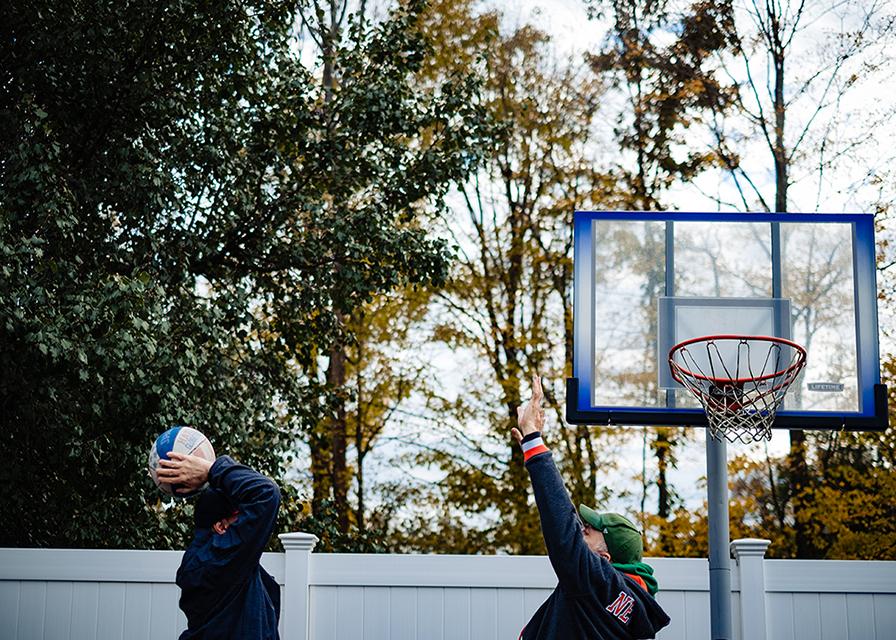[Tools & Resources]
Sheldon Bustow, Senior Real Estate Development Advisor, discusses changing times.
When Bob Dylan wrote “The Times They Are A-Changing” back in the 1960’s he was talking about specific changes going on in American society and how little our parents understood how life was changing. Little did we realize that he was also pointing out one of the most important tenets of organizational success, namely that to continue achieving our basic mission as an organization we must continually pay attention to how our society is changing.
CIL’s mission is to create and sustain housing and other community resources that provide affordability, accessibility, and independence to those in need. Since 1979, CIL has helped over 8,000 families and we’ve invested over half a billion dollars in our communities. We clearly fulfilled our mission, our reason for being.
The question CIL is now addressing is simple: Do the solutions of the past meet the needs of the present and the future? For CIL, this means that while the homes we built over the past 39 years met the needs of many and fulfilled our mission to provide independent living opportunities for people with developmental disabilities, we need to understand how society has evolved and where it is going.
Over the years the vast majority of our efforts have gone into the development of group homes for people with intellectual/developmental disabilities. There are three trends in society that are forcing us to study how and what we do.
First, advances in health care and technology have resulted in other significant groups of people in need of housing options or support in the community. CIL has already developed a number of community residences for people with Acquired Brain Injuries and for those with Behavioral Health issues. Additionally, through our AccesSolutions program, we have been able to help families renovate their existing homes so people can stay in their own houses after injuries or illnesses.
In response to identifying this need, CIL has undertaken to work with family, advocacy and health care groups to identify other populations of people who are now avoiding nursing homes or other institutional settings to stay at home or in their communities. Health care advances are enabling people live longer and more independent lives. Whether it be dealing with the mobility effects of Parkinson ’s disease, securing homes for aging folks with cognitive issues, or developing environments for those who need support to live at home but not 24 hour hands-on care, CIL is working with others to develop models that are cost effective and meet the needs of those who will live there.
Second, society’s view of people who are atypical or in need of support has changed. At one time they were shunned and placed in what was thought the most humane places, like state institutions and long term nursing homes. Now society, expects, in fact encourages, people to remain in the community in their own homes or something as close to that as possible.
CIL’s task is to work with people with such needs, their families and their healthcare providers to figure out how to design, finance and maintain a safe and healthy lifestyle. Answers can be as varied as renovating an existing home, wiring an apartment to utilize emerging technologies to monitor resident’s health and activities, or introducing people with complementary needs and abilities who together can live successfully in the community.
Note that CIL is working with people to design and provide these options, not doing it “for” them. This is another of the shifting societal values, people who might benefit from these new models are part of the team developing them.
Third, technology and science are changing in ways that have significantly altered people’s expectations and abilities. People today live longer and more independently with certain disabilities and chronic illnesses than even a few decades ago.
Whether it be healthcare advances like new medications or surgical techniques (think about deep brain stimulation which can stop the tremors of a Parkinson’s patient so they can walk again), monitors that are voice activated so a person at home can ask someone a few miles away for advice (think about a souped-up Alexa or Siri), or many other such supportive devices, each advance is immediately examined to see how it might help someone live in their own home or more independently. More in control of their own life.
So yes, the times are a-changin’. And how will CIL be evolving over the next few years? We really do not know yet. But it is clear we will be changing, for as Bob Dylan also said, “He not busy bein’ born is busy dyin’”.











